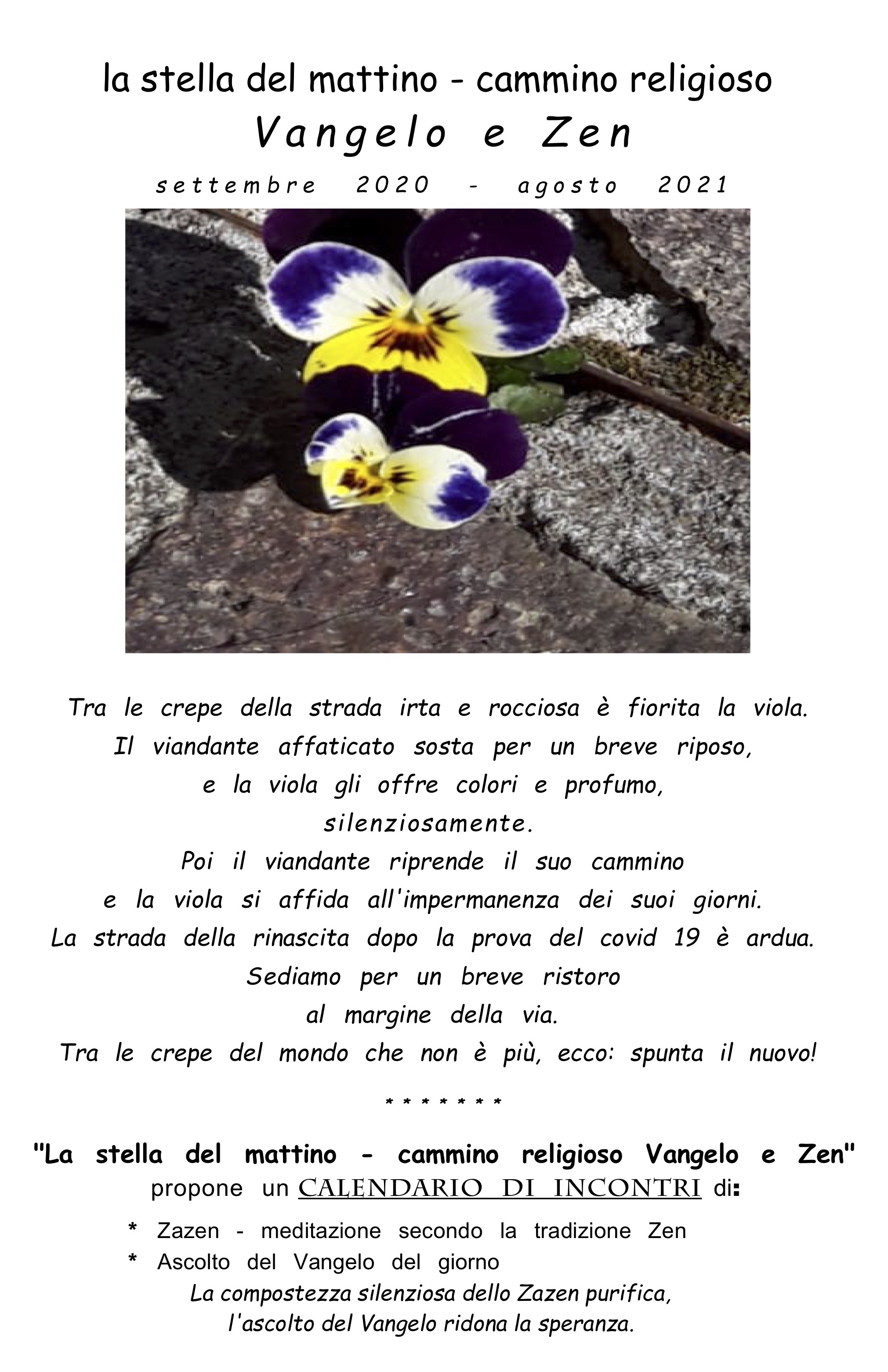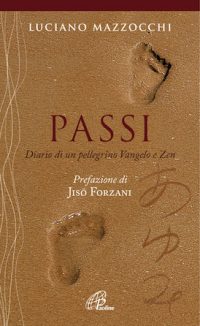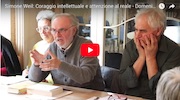* 3. The ‘Great Death’
The presence of Christ in the sacrament of his death and resurrection is the sign given to the world of his total and definite sacrifice, Le., his being for and living-for God, carrying out God’s plan of “gathering all his scattered children to himself’ (Jn II: 51, 52). The death of Christ on the cross was the culminating point of this self-giving existence, and, at the same time, its full revelation to the world.
In the sacrament of the Eucharist, Christ is permanent1y present in this unchanging attitude of giving himself up for us to the Father. And the sacramental sign of the broken bread is there to remind us of this deep, fundamental, meaning of the Eucharist, and to invite us to remain in that attitude of communion with Christ’s death as we were united to in the celebration of the Lord’s Supper.
The death of Christ is the culminating point of his self-emptying, which is, at the same time, a selfgiving, i.e., an act of love. The classical biblical text is Phil. 2: 6-11.
The incarnation and sacrificial death of Christ are there described through the use of the term meaning “to become empty” (kenosis). It is an act of love, to “give oneself’ and thus “empty one self of its own self’ for others. In this total self-emptying which is total self-giving, Christ revealed to us the Love of God, God as Love.
The text of Paul to the Philippians is perhaps the most often quoted biblical text by Zen Masters familiar with Christian theology. No wonder.
This kenosis is easily and right1y associated with the Zen idea of mu, which is the purpose and final meaning of zazen.
Mu is the keyword in zazen training. The deep, total, silence of the voice and of the mind are only the way and means, the beginning, the sign, of the radical silence of emptying of oneself (mu) which is described in Zen terminology as daishi, Le., the great death. This great death is the total emptying of oneself (the false self, the selfish ego) in order to awaken to (satoru) the true transcendental self. It is the experience to which Paul refers in the above quoted text to the Galatians: “It is no longer I who live, but it is Christ who lives in me.” Also this text is commonly quoted by Zen Masters familiar with the Christian Scriptures!
During his earthly life, Jesus invited all who would follow him to this ‘great death’ by saying: “If anyone wants to come after me, let him deny himself (aparnesastho heauton), and take up his cross, and (then) follow me” (LasalIe, 87, 95-96; Kadowaki, 127-129). Dne must see, I think, in this religious practice of the Buddhist tradition one of those semina Verbi of which the second Vatican Council and so many other Church documents after it speak as being present, as true revelation of God, in the various religions (Ad gentes, nn. 11, 15, Redemptori Missio, n. 56).
The celebration of the Eucharist is the sacrament of Christ’s death and resurrection. In it we are united to His sacrifice, Le., His giving Himself up to the Father for the world. The adoration of the Eucharistic Bread or prayer before the Blessed Sacrament has as its main purpose that of keeping us, or to putting us back again, into this attitude of intimate communion with Christ and His self-giving. The practice of zazen as a form of prayer before the Tabernacle could greatly help in going beyond the attitude of adoration to the attitude of communion with Christ in His uninterrupted, loving, saving “emptying Himself’ and “giving Himself’ up to the Father for the salvation of the world.
| The Silence of Christ In the Eucharist « | » Sitting with Rabbi Jesus |





